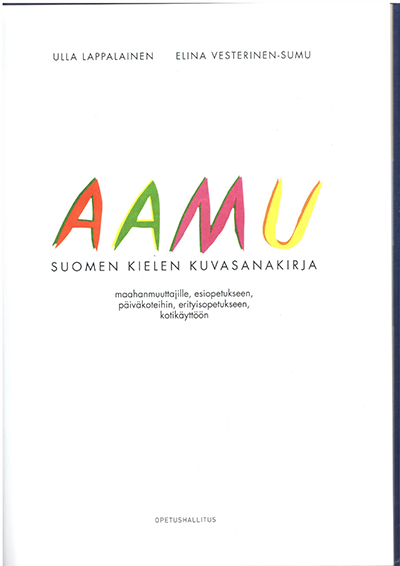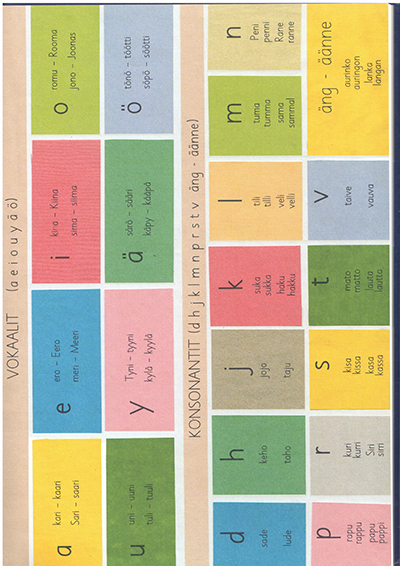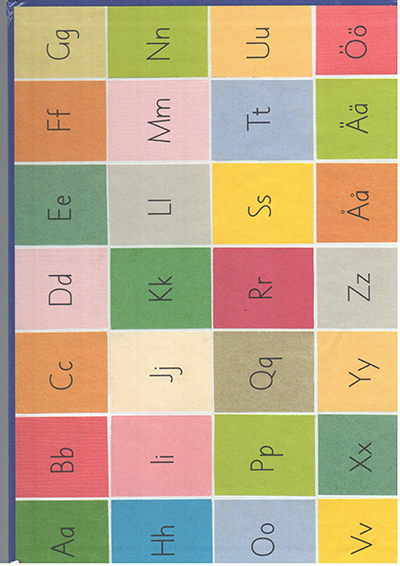| Sorted by date | |||
Messagefrom General Critics "ARCHITECTURE is a thing of art, a phenomenon of the emotions, lying outside questions of construction and beyond them. The purpose of construction is TO MAKE THINGS HOLD TOGETHER; of architecture TO MOVE US"---
which presents ARCHITECTURE as certain kind of objects are relevant with emotions of human being and mean to cultivate our minds. From the quotes of Le Corbusier, he tried to identify architecture as high-class objects by the certain word "machine-architecture" compared with historic academic ways.
|
|||
|
|
|||
|
|
|||
page030from Building Ideasmeaningless without the second and is apart of architecture’s lager responsibility to communicate. As he writes in thechapter on “ The Engineer’s Aesthetic”: Finally,it will be a delight to talk of ARCHITECTURE after so many grain-stores,workshops, machines and sky-scrapers. ARCHITECTURE is a thing of art, aphenomenon of the emotions, lying outside questions of construction and beyondthem. The purpose of construction is TO MAKE THINGS HOLD TOGETHER; ofarchitecture TO MOVE US.10 Art and Technology in the Origins ofModernism Where Banham polarizes the debate withinmodernism, between a technology-inspired futurism that looks forward to a “goldenage” and a historically-inspired academicism that sees its golden age in thepast, Le Corbusier expresses an alternative possibility. His position relies ona subtle distinction between a deterministic “machine-architecture” that issupposed to arise inevitably from the deployment of new technologies, and aproperly symbolic “machine-age-architecture” which requires the input of thecreative individual to express the aspirations of the times and thereby takesaccount of other advances in human knowledge, in addition to the scientific andthe technological. These would include the developments in painting, literatureand music that were going on at the time – all of which contributed to aprofoundly new way of seeing and understanding the world in the early decadesof the twentieth century. This was a cultural phenomenon in which architectureshould rightly be partaking, as he mentions in a footnote to the chapter quotedabove. He also demonstrates this more explicitly through his own experiments inpainting, using many of the techniques developed by the Cubist painters,Picasso and Braque, to explore the perception of objects in space – inspired inpart by Albert Einstein’s contemporary theories of relativity. 10 Le Corbusier, Towards a NewArchitecture, translated by Frederick Etchells, Architectural Press, London,1946, p 23.
|
|||
|
|
|||
page029from Building Ideas
12 Le Corbusier – Villa Savoye, Poissy,Paris, 1929-31. (Alistair Gardner) This became the dominant theme of his influential book which was highlightedearlier, and his discussion of the Villa Savoye made this notion particularlyexplicit. By designing a building that merely looked like it was made of newmaterials and at the same time bore only a formal resemblance to a modern oceanliner – without also possessing a ship’s functional rigour or technicalsophistication – Le Corbusier had, according to Banham, lapsed back into thekind of traditional symbolic language of metaphor and allusion that theengineer-designers like Fuller appeared to have left behind. What Banham failsto clarify in his assessment of the pre-war architects’ achievement is thedistinction between two clear lines of development in early modernism which arosefrom two distinct sources – one from advances in technology and the other fromadvances in art. Where Banham sees the latter as a distraction from the former,claiming that the: “… theorist and designers of the waning twenties cutthemselves off not only from their own historical beginnings, but also fromtheir foothold in the world of technology”9, Le Corbusier presents the alternativeview, that the first is
9 Reyner Banham, Theory and Design in the First Machine Age, Architectural Press, London, 1960, p 327.
|
|||
|
|||
|
|
|||
page028from Building Ideas11 Brinkman and Van der Vlugt – Van NelleFactory to wash! Our engineers provide for thesethings and they will be our builders.”8 Atthe same time he was also anxious to emphasise the unique contribution that thearchitect must make to the resolution of the design process, by recoveringthose abstract formal principles that had been obscured by the stylistic preoccupationsof the “academic” tradition. It was precisely this tradition, enshrined in the institutionalizedteaching of architecture in France through the influence of the Ecole des BeauxArts, that Reyner Banham had blamed for the apparent failure of the earlymodernists to deliver on the promise of an authentically machine-agearchitecture.
8 Le Corbursier, Towards a NewArchitecture, translated by Frederick Etchells, Architectural Press, London,1946, pp 18-19.
|
|||
|
|||
|
|
|||
page027from Building Ideas
10 Brinkman and Vander Vlugt – Van Nelle Factory, Rotterdam, 1927-29.(Neil Jackson) In contrast to Fuller’s somewhat blindand deterministic application of new technologies in architecture, Le Corbusierwas well aware of the need to mediate between the “raw” engineering of theproblems of shelter and the shared cultural expectations of a society in needof reassurance amidst the uncertainties of historical change. For all thelatter’s rhetoric on the beauty of the great ships, aeroplanes and automobilesin the opening chapters of Towards a New Architecture, he also went on todiscuss in equivalent detail the architecture of ancient Greece, Rome and theItalian Renaissance. In the section entitled “The Engineer’s Aesthetic” thebegan by claiming that since engineers were “active and useful, balanced andhappy in their work”, they would soon be monopolizing the building process,since: “We no longer have the money to erect historical souvenirs. At the sametime, we have got
|
|||
|
|||
|
|
 ... ...
... ... ... ...
... ... ... ...
... ... ... ...
... ... ... ...
... ... ... ...
... ... ... ...
... ... ... ...
... ... ... ...
... ... ... ...
... ... ... ...
... ... ... ...
... ... ... ...
... ... ... ...
... ... ... ...
... ...
 , Rotterdam, 1927-29. (Neil Jackson)
, Rotterdam, 1927-29. (Neil Jackson)